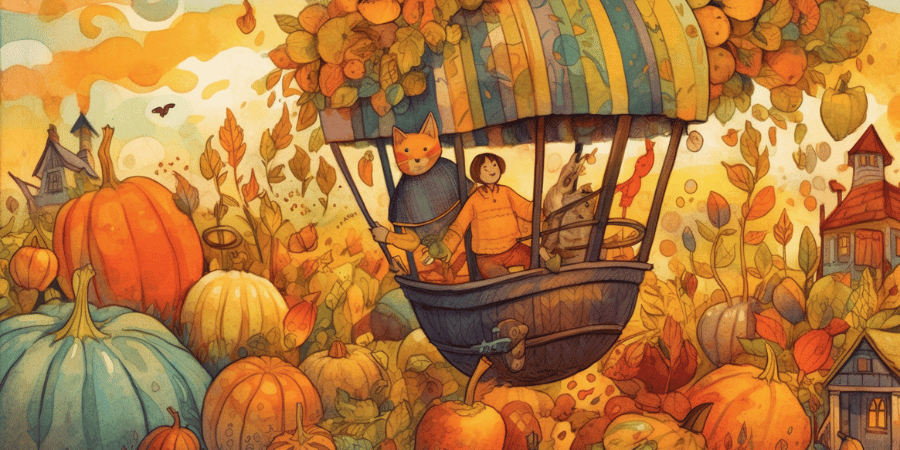
In the world of children’s literature, a well-designed back cover is just as important as the captivating story within. In this article, we will discuss the essential elements of a successful children’s book back cover, offer some tips for creating eye-catching designs, and address some frequently asked questions on the topic. Let’s dive in!
While the adage “don’t judge a book by its cover” might hold some truth, the reality is that the back cover of a children’s book plays a critical role in capturing the attention of young readers and their parents. A well-designed back cover not only complements the front cover but also provides a glimpse into the story, helping to entice readers to pick up the book and explore its pages.
A successful children’s book back cover typically includes a combination of the following elements:
Now that we understand the essential elements of a successful back cover, let’s explore some tips for creating a design that stands out:
The back cover should visually complement the front cover in terms of style, color scheme, and typography. Maintaining consistency across the entire cover design helps to create a cohesive look and feel for the book.
Resist the temptation to overcrowd the back cover with too much information or overly complex designs. A clean, simple layout will make it easier for readers to absorb the key details about the book.
Write a compelling book summary that sparks curiosity and invites readers to delve into the story. Avoid using clichés, and opt for clear, concise language that captures the essence of the book.
Choose legible fonts that are easy to read, and ensure that the font size is suitable for the book’s target audience. Experiment with font styles, but avoid using too many different fonts on the back cover to maintain a harmonious design.
Before finalizing your back cover design, gather feedback from children and parents within your target age group. This valuable input can help you identify any potential issues or areas for improvement.
While it’s possible to design your own children’s book back cover, hiring a professional graphic designer or illustrator is often the better choice. Professionals have the skills and experience to create eye-catching designs that appeal to your target audience. If you’re on a tight budget, consider working with a design student or searching for affordable freelance designers online.
The cost of designing a children’s book back cover can vary widely depending on factors such as the complexity of the design, the experience of the designer, and the time required to complete the project. You can expect to pay anywhere from a few hundred dollars for a basic design to several thousand dollars for a more elaborate custom illustration. Be sure to obtain quotes from multiple designers to find the best fit for your budget and needs.
When working with a designer, it’s important to request the final back cover design in both a high-resolution, print-ready format (such as a PDF or TIFF) and a lower-resolution format suitable for digital use (such as a JPEG or PNG). This ensures that you have the appropriate files for printing and promoting your book online.
To obtain an International Standard Book Number (ISBN) for your children’s book, you will need to apply through your country’s ISBN agency. In the United States, this is the R.R. Bowker Company. Once you have your ISBN, you can use a barcode generator to create a barcode that incorporates the ISBN, which can then be placed on your book’s back cover. Some print-on-demand services, such as Amazon’s Kindle Direct Publishing (KDP), will automatically generate a barcode for you when you upload your book.
The ideal size for your children’s book back cover depends on the dimensions of your book, the age group it is targeting, and your personal preferences. Common sizes for children’s books include 6″ x 9″, 7″ x 10″, and 8.5″ x 11″. Consult with your printer or print-on-demand service to determine the best size for your book’s back cover, keeping in mind that it should be proportional to the front cover and spine.
Designing an engaging children’s book back cover is crucial to capturing the attention of young readers and their parents. By focusing on key elements such as engaging artwork, a compelling book summary, and a clean, uncluttered layout, you can create a back cover that effectively showcases your story and entices readers to discover the world within your book. Good luck, and happy designing!
